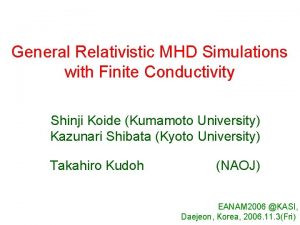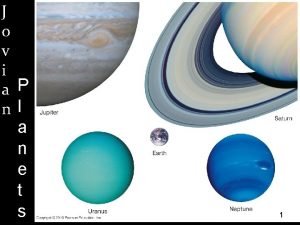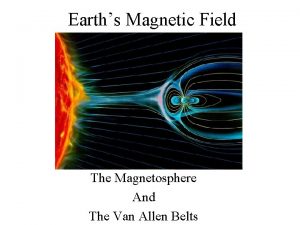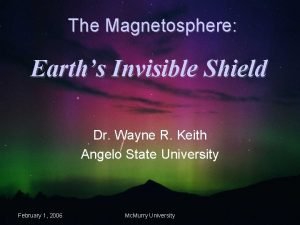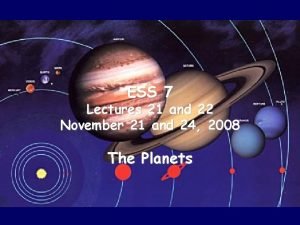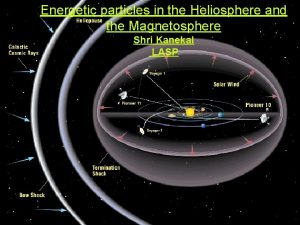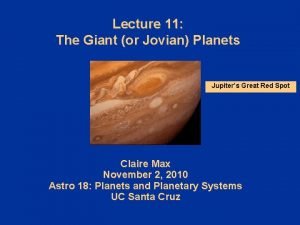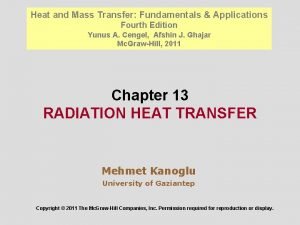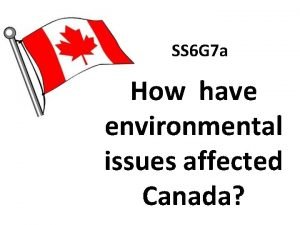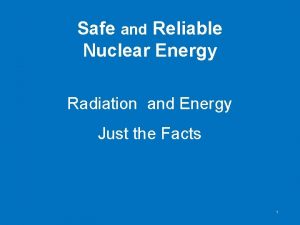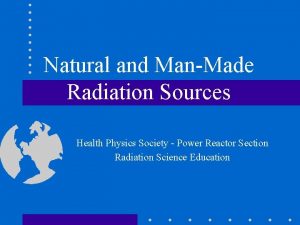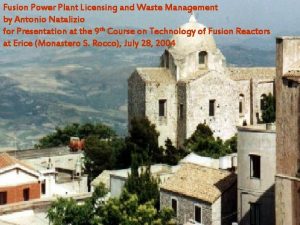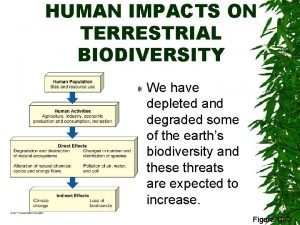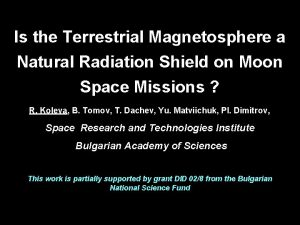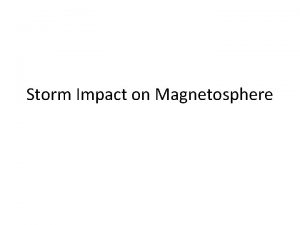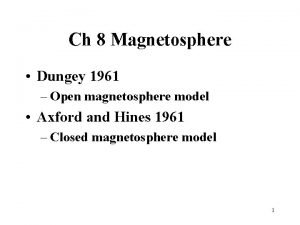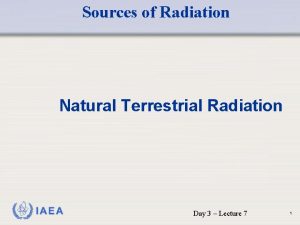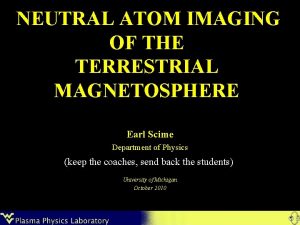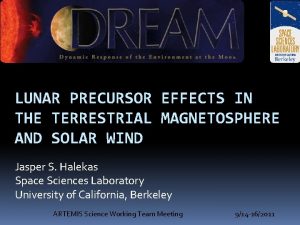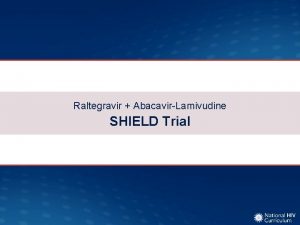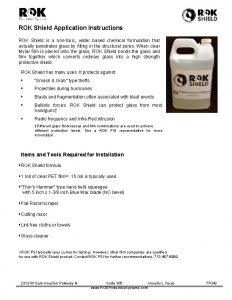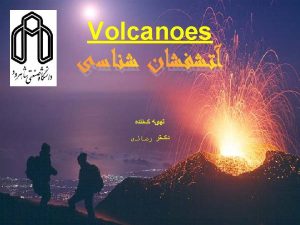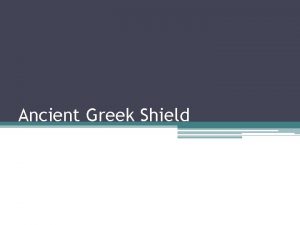Is the Terrestrial Magnetosphere a Natural Radiation Shield




















- Slides: 20

Is the Terrestrial Magnetosphere a Natural Radiation Shield on Moon Space Missions ? R. Koleva, B. Tomov, T. Dachev, Yu. Matviichuk, Pl. Dimitrov, Space Research and Technologies Institute Bulgarian Academy of Sciences This work is partially supported by grant DID 02/8 from the Bulgarian National Science Fund

The conference Radiation and Dosimetry in various Fields of Research beginning: radiation effects at atomic level end: radiation in the interplanetary space Our team has carried out about 20 experiments in near-Earth space and has made 3 attempts to measure the radiation environment in extra -terrestrial space: - on 2 Russian missions to Mars - unsuccessful launches in 1996 and 2011 - on Indian Moon Mission Chandrayaan-1 in 2008 -2009

Sources of radiation in the Earth-Moon system complex radiation field an d io ns Solar Cosmic R ays Protons, neutro ns electrons Gamma and Ro entgen Jo v elec trian ons ys ra ic sm ns io co d us an alo ns om tro An ec el s, on ot Pr Ga lac tic Pr co ot on sm s, ic ele Ra ct ro ys ns

MOTIVATION ØOne potential method of radiation mitigation on extra-terrestrial missions is in the form of magnetic fields ØFor Moon missions the Earth magnetosphere is a source of magnetic field, as the Moon spends about 25% of its orbit inside it Moon orbit plots in GSE are provided by the Swedish Institute of Space Physics, Kiruna

Brief characteristics of the radiation environment around Moon as measured by RADOM on CHANDRAYAAN-1 in 2009 - deep and prolonged solar minimum

Chandrayaan-1 spacecraft was launched from the Satish Dhawan Space Centre, SHAR, Sriharikota by PSLV-XL (PSLV-C 11) on 22 October 2008 at 00: 52 UT http: //www. isro. org/Chandrayaan/htmls/objective_scientific. htm

Mission profile

Scientific Payload

RADOM Flight model external view Size: 110 x 40 x 20 mm Weight: 98 g Consumption: 124 m. W Place and size of the Si detector 9 pin power and RS-232 data connector RADOM is a LIULIN type device The solid-state detector is shielded by several layers with equivalent shielding of about 0. 45 g/cm 2. Thus, direct hits on the detector are possible for electrons with energies > 0. 85 Me. V and protons with energies > 17. 5 Me. V

Comparison of RADOM flux data (10 s. resolution) with the 100 km orbit Oulu neutron monitor. At count rate (20/11/2008 -18/05/2009) overall particle flux was found data (1 min. resolution) RADOM data present long-term increase in flux and dose as result of continued low solar activity and respectively increase of GCR. to be 2. 45 p. cm-2. s-1, and absorbed dose rate was 9. 46 m. Gy. h-1 over 3545 hours of measurements. During the last three months of the mission (20/05/200928/08/2009), Chandrayaan-1 was in 200 km orbit. The flux and dose rate increased slightly to 2. 73 p. cm-2. s-1 and 10. 7 m. Gy. h-1 respectively

Can the terrestrial magnetosphere mitigate radiation hazard on Moon missions? Model calculations are controversial On one hand Recent modelling [Winglee, R. M. , and E. M. Harnett, GRL 2007], suggested that the terrestrial magnetotail magnetic field can provide a significant level of shielding, the latter depending on IMF orientation and position on lunar surface. On the other hand Modeling by Huang, Harlan and Kress, GRL 2009 concluded that Earth’s magnetosphere does not substantially modify GCR (with proton energies greater than 1 Me. V) at the lunar environment during typical solar wind conditions.

Using RADOM data from Chandrayaan-1 satellite we try to check this hypothesis. More precisely: Does the magnetotail offer some protection in Moon orbit?

Magnetotail crossing in January 2009 Geomagnetic conditions: quiet. In the second half of 9 Jan IMF Bz ~ 5 n. T RADOM average/day flux 50 per mov. avr No effect of the magnetotail on radiation in Moon orbiter!

In Solar cycle minimum conditions, when there are no SPE and GCR flux is enhanced, Earth magnetosphere does not seem to provide any shielding on Moon orbiter. The problem of Earth magnetosphere effect on Moon radiation environment needs more detailed investigation, because. . the magnetosphere can make things worse

There was one interesting event in RADOM records During the whole mission the particle flux was ~ 2. 45 p/cm 2. s except on March 15 -16 2009

electrons >2 Me. V GOES-10 GOES-11 No SPE, no flares identified GOES satellites showed increase only in electrons >2 Mev flux On 13 March the magnetosphere was hit by an IS caused by fast solar wind. For several days MS was under continuous driving – conditions favorable for e- acceleration in the inner MS and generation of the ‘killer electrons’

Coronal hole Fast solar wind flows originate from coronal holes in the Sun. In the interplanetary space, when the fast wind interacts with the regular slow solar wind an interplanetary shock is formed. Coronal holes live for several month; fast solar wind flows have a recurrent nature, March 13, 2009 they appear in several Sun rotations The appearance of ‘killer’ electrons in correlates well with the fast solar wind, usually ~2 days after the arrival of IS

Similar event in February GOES-10 GOES 10 el electrons >2 Me. V GOES 10 X-rays

CONCLUSION In Solar cycle minimum conditions, when there are no SPE and GCR flux is enhanced, we could not find any indication that Earth magnetosphere can provide additional shielding on Moon orbiter There are some evidence that magnetospheric disturbances could affect the radiation environment on Moon orbiter, but more detailed research should be done

Thank you for your attention!
 Black hole magnetosphere
Black hole magnetosphere Enceledes
Enceledes Magnetosphere
Magnetosphere Magnetosphere
Magnetosphere Mercury magnetosphere
Mercury magnetosphere Magnetosphere
Magnetosphere Jupiter magnetosphere
Jupiter magnetosphere Heat transfer radiation
Heat transfer radiation Canadian shield natural resources
Canadian shield natural resources Extraction of natural resources on the canadian shield
Extraction of natural resources on the canadian shield Natural resources in the canadian shield
Natural resources in the canadian shield Nuclear energy
Nuclear energy Natural background radiation
Natural background radiation Natural background radiation
Natural background radiation Is venus terrestrial or gaseous
Is venus terrestrial or gaseous Impacts of wildlife trade on terrestrial biodiversity
Impacts of wildlife trade on terrestrial biodiversity Scope of hydroponics
Scope of hydroponics Frog life cycle
Frog life cycle A community may move
A community may move Terrestrial soil
Terrestrial soil Are jovian planets more dense than terrestrial
Are jovian planets more dense than terrestrial
